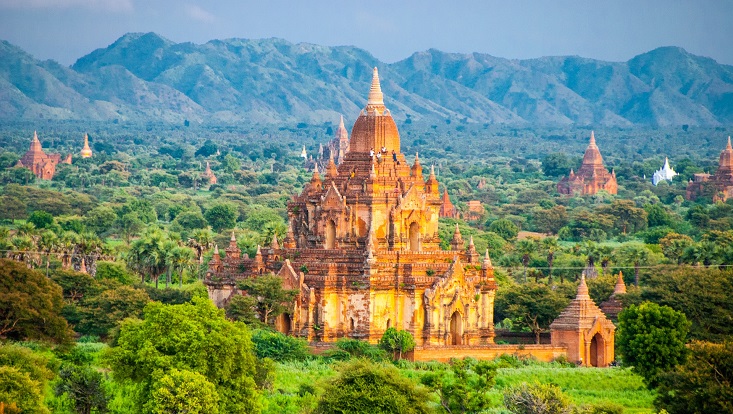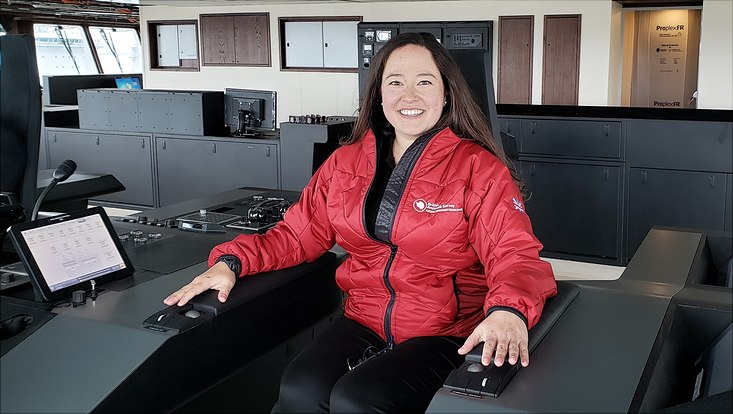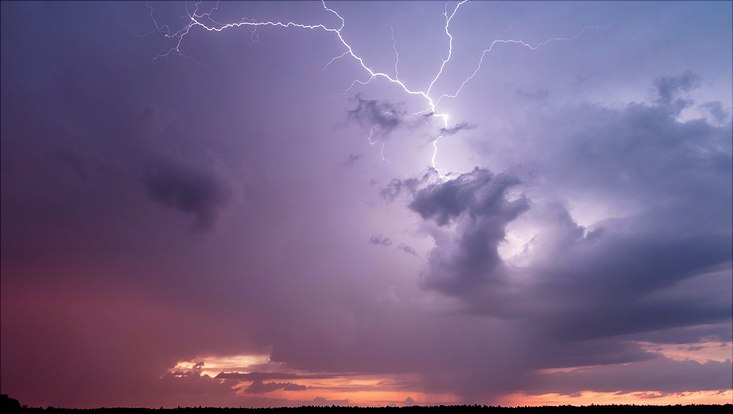Myanmar: Why “Ceasefire Capitalism” Poses a Threat to the Environment
31 March 2021, by Meike Lohkamp

Photo: Pixabay/ Luis Valiente
After more than five years of civilian rule in Myanmar, in early February the government was overthrown in a military coup, and the country’s leading politician, Nobel Peace Prize winner Aung San Suu Kyi, was put under house arrest. John Geary from Universität Hamburg’s Climate Change and Security (CLISEC) Research Group has been following the country’s development for several years. We spoke with him about the link between conflicts and the environment.
Myanmar gained its independence in 1948. Since 1962 the country has been under military rule, though from 2011 to early 2021 this included democratic elements and there was a civilian president. How did this democratization – albeit temporary – come about?
GEARY: The reasons for Myanmar’s democratization were largely economic. The military dictatorship’s socialist economic model had made it one of the world’s poorest countries. The military realized that it would have to abandon its socialist policy and liberalize the economy in order to attract foreign investment, and to export raw materials and goods. This required the international community to lift its sanctions. To this end, the military permitted a certain degree of democracy with relatively free elections.
Since independence, armed conflicts with ethnic minorities have continued. These often involve land. During the course of the democratization and liberalization process, the military agreed to ceasefires with various minority groups. How was this accomplished?
GEARY: To ensure the support of minority groups, so-called “ceasefire capitalism” emerged in Myanmar. This involves the military giving the leaders of insurgent groups land, which they can use as they see fit – including selling large areas to foreign companies. Frequently, the local population has used the land in question for generations without proof of ownership. However, the fact is that not all the ceasefires agreed upon are still in force today.
What consequences did the ceasefires have for Myanmar’s economic liberalization?
GEARY: Peace within its borders, as well as the influx of foreign investments and access to exports, led Myanmar to start harvesting natural resources like lumber, biomass and rubber on a large scale. Just how much the environment is suffering as a result is best illustrated by forest loss: when Myanmar gained independence in 1948, forests covered roughly 70 percent of the country. Today the figure is less than 50 percent.
What will this mean for Myanmar’s future?
GEARY: If this trend continues, it’s possible that the country’s forests will have virtually disappeared by 2035. This would lead to increased CO2 emissions, especially since a large proportion of the remaining forests consists of mangroves. Compared to other types of forest, mangroves store more CO2 per square meter – accordingly, large amounts of CO2 are released when they are cleared. Furthermore: the coastal population relies on mangroves for protection against flooding, and as a basis for foods and medicines.
Is the environmental destruction resulting from the opening up of Myanmar an isolated case?
GEARY: No. We know from other countries that democratization leads to increased harvesting of natural resources. Former military rulers need money to run for election, and selling resources provides them with it. Myanmar can serve as an example of how ceasefires can result in renewed conflicts. These findings must be applied to other resource-rich countries where ceasefire agreements have been signed, such as Colombia and the Democratic Republic of the Congo.
John Geary
John Geary is a doctoral candidate in Universität Hamburg’s Climate Change and Security (CLISEC) Research Group. Under the supervision of Prof. Dr. Jürgen Scheffran, he is investigating how climate change affects the livelihoods of coastal communities in southern Myanmar and the conflict potential associated with land use.


